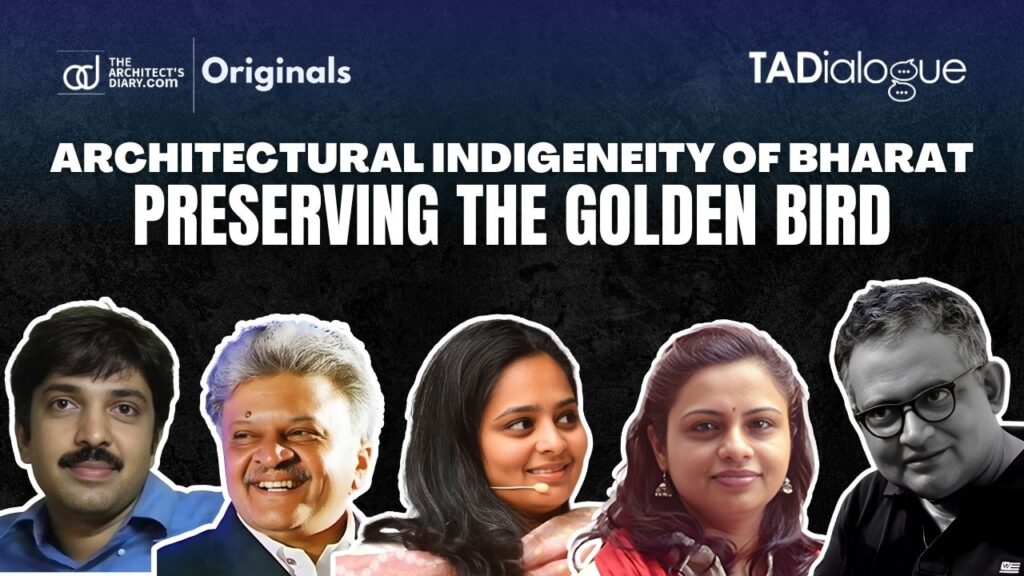Posted On August 16 2024
Total Post Views :- 588
In an era preserving architectural indigeneity while bridging the past and future, recent discussions have emphasized sustainability. The conversations also delve into the future of architectural conservation efforts. Moderated by Ar. Ashish Trambadia, the conversation featured insights from Ar. Poonam Trambadia, Ar. Parul Zaveri from Abhikram, Ar. Kiran Kalamdani and Ar. Aishwarya Tipnis.
Lifetime Experiences and Educational Reforms
Every architectural conservation project not only preserves a piece of history but also transforms the professionals involved, enriching their knowledge and skills. There’s an urgent need for a paradigm shift in education, encompassing fields like architecture, urban planning, and engineering. Integrating heritage conservation principles into these curriculums is essential to prepare future professionals for the challenges ahead.
Community Participation and Ownership
The heart of traditional heritage often lies in smaller towns and villages, where the historical fabric remains largely untouched. These areas should be the starting point for architectural conservation initiatives. Visual presentations and hands-on involvement can foster a sense of ownership and responsibility towards heritage preservation. For heritage to be preserved, it must also be economically sustainable.
Adaptive Reuse and Sustainable Practices
Repurposing old buildings for modern use while maintaining their historical value is a practical approach to architectural conservation. Using conventional materials and techniques that are both economical and environmentally benign can greatly aid sustainable conservation efforts. Understanding the historical context and the materials used in heritage buildings is fundamental to effective conservation.
Future of Architectural Conservation
Conservation is not just the domain of architects and historians. It requires collaboration among professionals from various fields, including engineering, economics, and environmental science. Developing and implementing policies that integrate conservation with modern development needs is crucial; therefore, these efforts are essential for sustainable preservation.

Conclusion
Emphasizing community participation, educational reforms, and multidisciplinary collaboration, the discussion laid the groundwork for a sustainable future where architectural indigeneity at heritage sites is cherished and preserved for generations to come. The meeting underscored the importance of a balanced approach to heritage conservation; therefore, it is essential to harmonize traditional knowledge with modern practices to safeguard these cultural treasures.